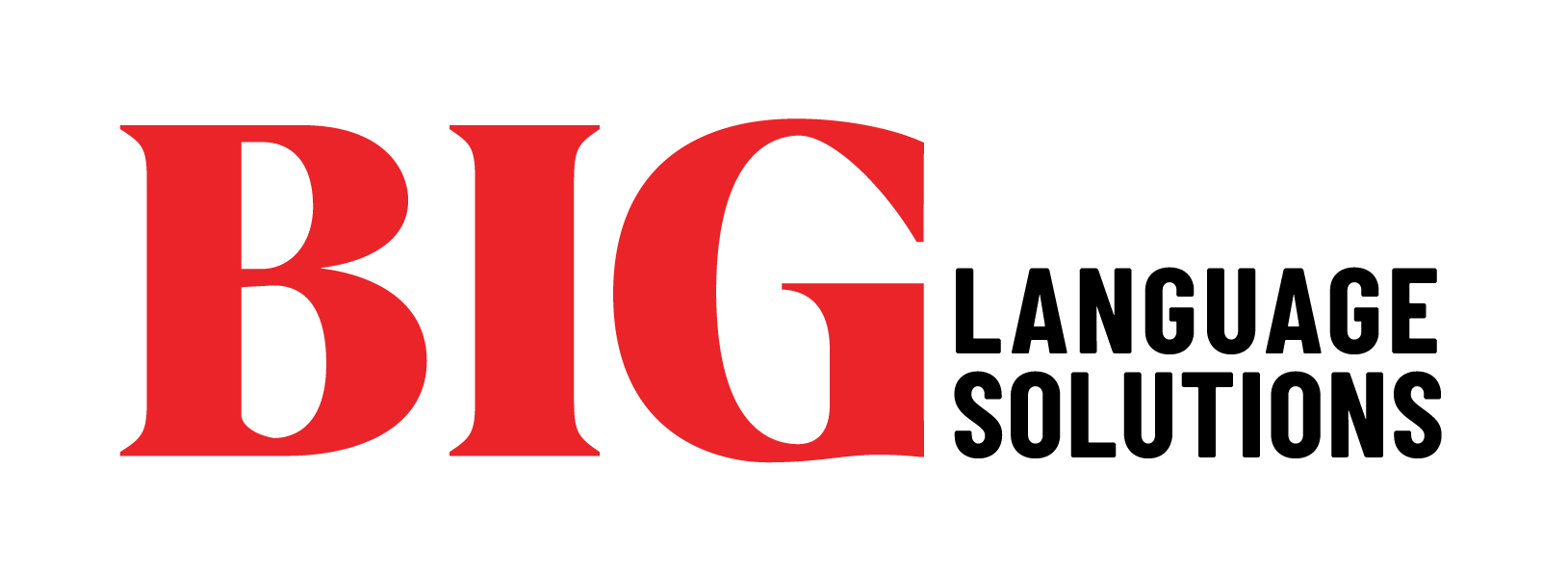Identifying translation needs at the outset of new clinical trial studies will help organizers comply with the translation requirements of the EU Clinical Trials Regulation (EU CTR). The EU CTR was introduced in January this year to boost the attractiveness of the EU as a preferred destination for large-scale clinical research projects. Among other measures, it sets new and higher standards for transparency than the existing Clinical Trials Directive (2001/20/EC), including facilitating public access to clinical trial information.
Under the previous system, organizers would submit clinical trial applications separately to the relevant national authority to gain regulatory approval. Following the introduction of the EU CTR, those applications will now need to be submitted digitally via the Clinical Trials Information System (CTIS), a new EU-wide database that centralizes the management and reporting of clinical trials in EU member states and across the European Economic Area (EEA).
While clinical trial organizers can already use the CTIS to submit applications, a transition period is in place to smooth the transfer, and the first deadline is fast approaching.
From 30 January 2023, organizers must use the CTIS to apply to start any new clinical trial in the EU/EEA. Likewise, any application to extend an existing trial into new EU/EEA countries will require that trial to be transitioned first to the EU CTR (and CTIS).

The EU CTR Is About Language, Not Only Technology
As the clinical trial data submitted through the new CTIS platform will be publicly accessible, all new applications will need to comply with the new EU CTR data and document requirements. These include the mandate to submit a lay language summary—essentially a synopsis of the clinical trial protocol and its results that will be understandable to the layperson—in the local language of each EU country in the trial and no later than 12 months after the clinical study closes.
Ongoing trials transitioned to the EU CTR will also require additional measures, such as ensuring that investigational medicinal product (IMP) labels are compliant with the new regulations.
Understandably, such requirements could cause headaches for organizers if they are not fully prepared or do not have the specialist support they need to meet this deadline effectively. Content for the new lay summary mandate does not only need to be translated accurately but (ideally) should also be culturally appropriate (i.e., transcreated) for the layperson in each specific region or country.
While the penalties for non-compliance with the new regulation are to be decided by the relevant member state, the EU CTR requires them to be ‘effective, proportionate and dissuasive’ (Article 94, EU CTR). At the minimum, a failure to comply will result in failed applications for pending clinical trials, adding extra cost and pressure to an already demanding and time-sensitive application procedure.
We already know, for example, that failure to respond to requests for information about applications submitted via CTIS within 12 days will lead to an automatic withdrawal of the application in all member states. In other words, applicants have only 12 days to respond to any requests for information under the new system, including providing any relevant revisions and translations. That is potentially quite some turnaround.

How to Manage Clinical Trial Translation Cost-Effectively
Simply ‘bolting’ the new translation requirement and deadlines onto the end of existing clinical trial applications and reporting processes is unlikely to be the most efficient approach for clinical trial organizers and sponsors. Instead, by identifying your country and language needs at the start of your clinical trials, you will be able to integrate translation into your planning and submission process.
Such a strategy will pay dividends not only when it comes to hitting deadlines but also can help you optimize the translation process to achieve greater consistency and more cost-effectively. Through the use of project management portals and translation glossaries, memories, and other relevant computer-assisted translation tools, for instance.
Centralizing clinical trial translation through a single specialist Language Service Provider (LSP), such as DWL, also brings additional benefits when it comes to planning, budgeting, and workflow management, not to mention ensuring the security of your clinical trial data and documents during translation.
Taking the Headache Out of Clinical Trial Translations
Multinational clinical trials are complex to administer in every country, but translation management does not have to add to this burden. By choosing an LSP with proven clinical trial expertise, processes, and technologies, you can ensure that all your language needs are met, including the new requirements under EU CTR.
DWL, a BIG Language company, has provided global translation solutions for the life science industry for 60 years. Our well-practiced and ISO-certified translation, project management, and quality control procedures build on our solid foundation of experience and in-house medical expertise to support regulatory affairs, clinical research, medical research, manufacturing, medical devices, legal, and much more.
Contact our clinical trial specialists today for guidance and support for all stages of your translation project cycle, including new submissions under the EU CTR.








